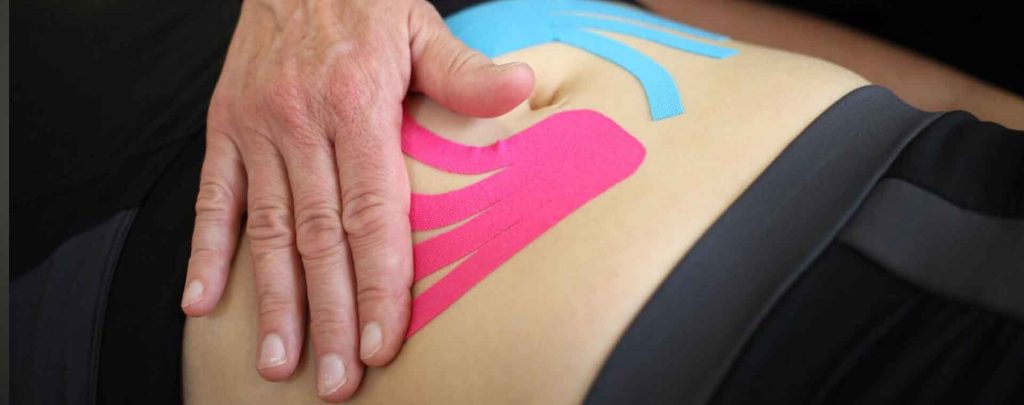WHAT IS ATHLETIC TAPING ??
Athletic Taping is the process of applying Rigid Tape directly/indirectly to the skin in order to maintain a stable position of bones and muscles during athletic activity.
- It is a procedure that uses tape attached to the skin to physically keep in place muscles or bones at a certain position.
- Most effective for instability or injury support.
- This reduces pain and aids recovery.
- Rigid strapping tape commonly used in taping or strapping is often referred to as “sports tape” or “athletic tape” and is most often a rigid style of strapping tape.
ATHLETIC TAPING USED TO:
- Relieve pain
- Improve joint stability
- Enhance athlete confidence
- Reduce injury recurrence
- Prevent injury
ADVANTAGES:
Injury Prevention:
- Athletic taping is recognized as one of the top preventative measures for reduction of injuries in collision sports.
- These injuries often occur as a result of extrinsic factors such as collision with other players or equipment.
- Athletic taping has also been shown to reduce the severity in injuries, as well as the occurrence of injury in most sports.
Injury Management:
- Tape is often applied to manage symptoms of chronic injuries such as medial tibial stress syndrome (shin splints), patella-femoral syndrome, and turf toe.
Pain Management:
- Athletic tape can be applied to ease pain symptoms as well. Taping along the nerve tract of irritated or inflamed tissue can shorten the inflamed region and reduce pain.
Post-Injury benefits:
- Stabilizing and supporting joints after injuries to the muscle or ligament
- Assisting and allowing the athlete to return to activity after minor injuries
- Preventing and reducing further harm to injured area
- Maintaining proper biomechanics during activity
- Preventing neuromuscular damage
Reducing force on the area during activity
DISADVANTAGES:
¢ Incorrect athletic taping may lead to blistering
or future injuries.
¢ After activity and motion begins, the stiffness of the tape reduces.
¢ Physiological dependency on using tape
¢ Expensive, especially when it is needed frequently
9 RULES FOR TAPING:
- Tape joint in proper position
- Position for stabilization
- Overlap the tape by half
- Avoid continuous taping
- Keep tape roll in hand whenever possible
- Allow tape to follow contours of the skin
- Smooth and mold tape as it is laid down on skin
- Always start taping with anchors
- Always finish taping with locking strips
- Where maximum support is desired, tape directly to the skin
- Do not apply tape if skin is hot or cold from treatments
- Altered sensation
- Altered circulation
